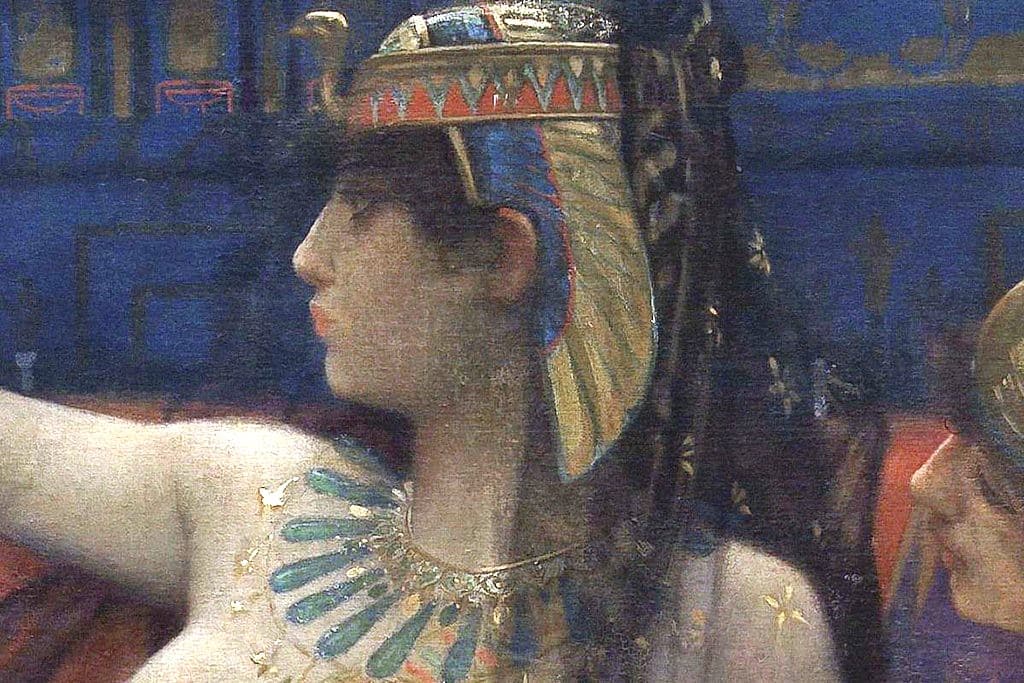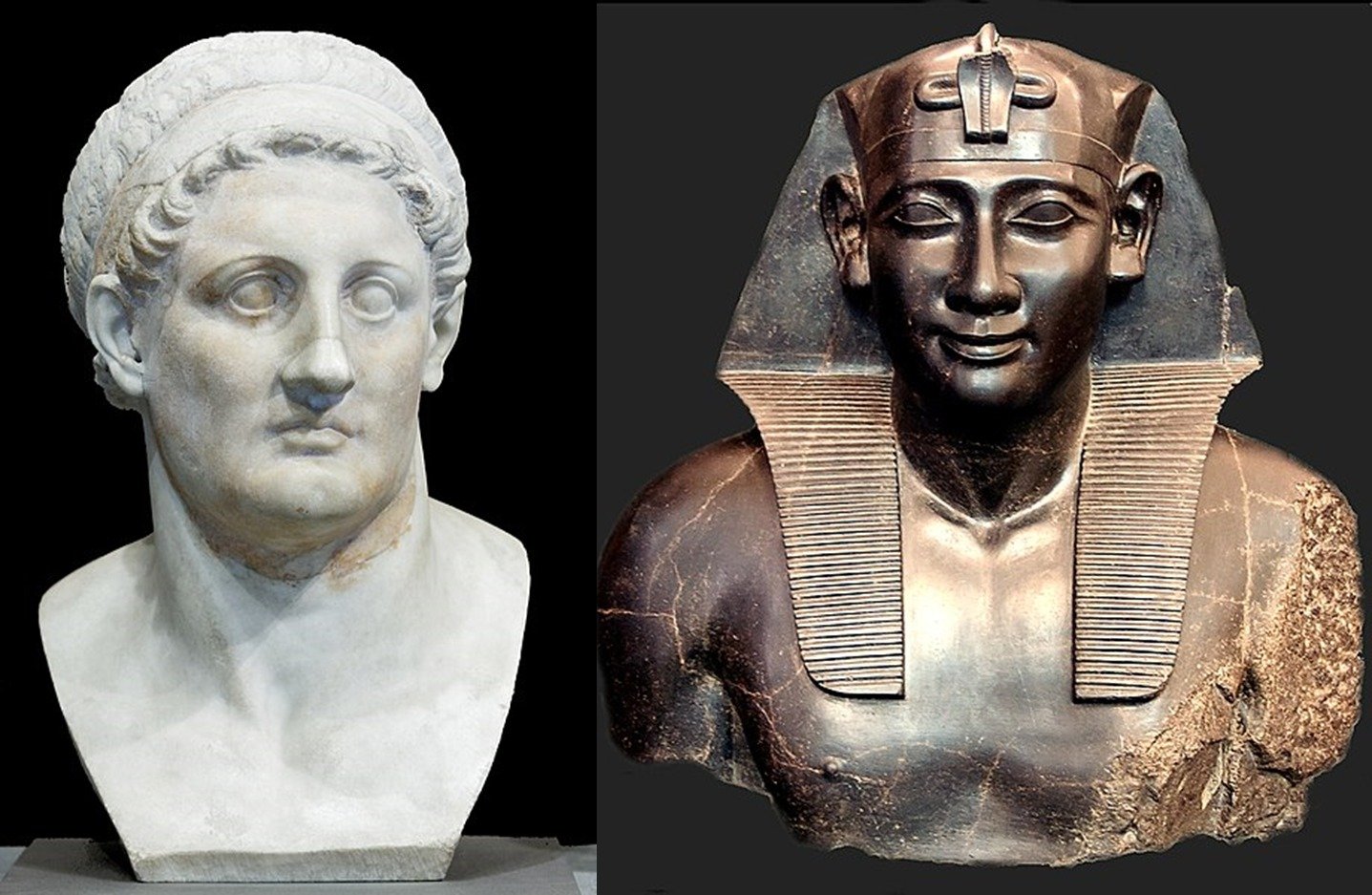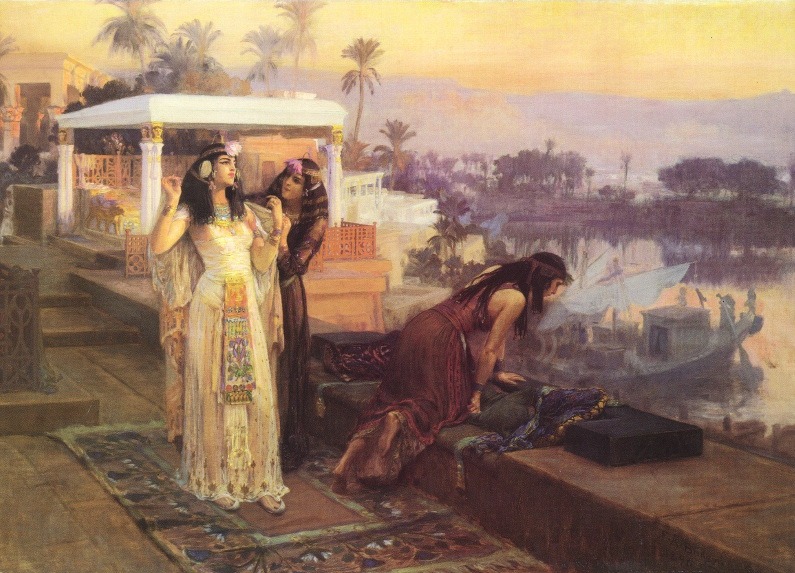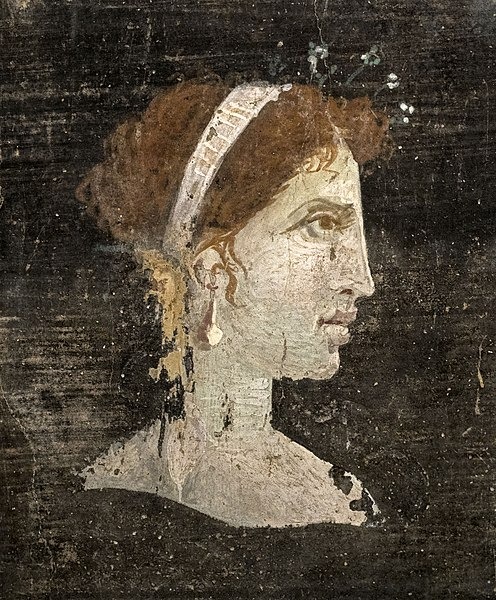
Cleopatra VII Philopator is one of the most famous figures of antiquity, but few people are familiar with the fascinating history of her ancestors.
The Ptolemaic Dynasty, to which she belonged, was founded by Ptolemy I Soter, one of the four generals of Alexander the Great (Ptolemy, Cassander, Seleucus, and Antigonus). This family, of Macedonian Greek origin, ruled Egypt for almost three centuries, leaving an indelible mark on one of the oldest civilizations in the world.
Ptolemaic Egypt was an interesting and complex mixture of cultures. On the one hand, the ruling Hellenistic elite could be incredibly insular, preferring to marry almost exclusively within their own circles and preferring to adhere to Greek customs. Yet the Ptolemies also embraced the syncretism of ancient Greek and Egyptian religious beliefs, aesthetic sensibilities, and culture.
Ptolemy I Soter and the foundation of Ptolemaic Egypt

Ptolemy (Greek: Πτολεμαῖος) was born in 367 BC to a Macedonian Greek nobleman called Lagus and a woman called Arsionoe. He was present at the very beginning of Alexander the Great’s life and has been referred to as a youthful friend of the future king, although Ptolemy was about 11 years older so he more likely acted as an adviser throughout Alexander’s life.
Ptolemy accompanied Alexander during his military campaigns where he earned the king’s trust as a dependable companion. In 330 BC he was appointed to be a somatophylax, one of the seven bodyguards and deputies of Alexander.
During Alexander’s conquests, Ptolemy was entrusted with several other duties and took on independent command of forces on a number of occasions. During Alexander’s last campaign against the Cossaeans in the Zagros Mountains, Ptolemy was the second-in-command of the army.
After Alexander’s sudden and unexpected death on June 11, 323 BC, Ptolemy met with the other generals in Babylon to discuss the future of the late king’s empire. They disagreed on how to proceed but eventually agreed on a compromise. Perdiccas, Alexander’s vizier, would rule as regent on behalf of Alexander’s mentally deficient brother, and the generals would each receive an important satrapy. Ptolemy was granted Egypt.

However, peace did not last and the generals were eager to establish their own kingdoms in the satrapies they had inherited. In 322 or 321 BC, Ptolemy seized the body of Alexander which Perdicass intended to bury in Macedon where he ruled as regent. Ptolemy knew that by burying Alexander in Egypt, he would greatly bolster his legitimacy in the eyes of both the Egyptians and Greeks.
This provocation could not go unanswered and Perdiccas invaded Egypt in 321 BC, initiating the first of the Wars of the Diadochi (“successors”). However, the Nile proved impassable and Perdiccas was murdered by his own troops, bringing an end to the war.
Ptolemy declared himself Pharaoh Ptolemy I between 305 and 304 BC. He would later be known as Soter, meaning “Saviour”. Throughout his reign, he faced threats posed by the other Diadochi, who had established their own separatist states across what was once Alexander’s empire. However, he was able to secure his rule in Egypt and establish strong foundations for almost three centuries of Ptolemaic rule.
Sibling marriage and the royal family

The tradition of inbreeding and sibling marriage appears to have begun with Ptolemy I’s son and the dynasty’s second ruler Ptolemy II Philadelphus, who married his older sister, Arsinoe II. The epithet, Philadelphus (Greek: Φιλάδελφος) means “sibling lover”.
The Ptolemies adopted this practice from the Egyptians whom they had conquered, although this would ironically exclude the native Egyptians from royal power since the Ptolemies were of Macedonian Greek descent.
As noted by historian Sheila L. Ager, “The Greeks clearly believed that incest was repugnant not only to the gods, but to all right-thinking humans.” Indeed, mythological stories like that of Oedipus warned against the practice and its tragic and disturbing consequences.
However, the practice of sibling marriage may have helped to cement power firmly in the hands of the Ptolemies and may also have bolstered their legitimacy as authentic pharaohs in the eyes of their Egyptian subjects.
There were also some Greek defenders of the practice. For example, Theocritus, a Greek poet from Sicily compared the marriage of Ptolemy II and Arsinoe II to the marriage of the god Zeus to his sister Hera.
Although Ptolemy II and his sister Arsinoe II had married, it was not until the union of Ptolemy IV and Arsinoe III that this custom of incestuous marriage resulted in the birth of an heir when Ptolemy V was born in 210 BC. Earlier heirs to the Egyptian throne had generally been born to the ruling pharaoh and other noble Greek women.
Cultural exchange and civilizational achievements

The Greek minority existed as a separate and privileged class in Ptolemaic Egypt and generally held the most important positions in the kingdom. As time went on, some Egyptians learned Greek and were able to secure more prominent positions.
The city of Alexandria, which had been founded by Alexander the Great in 323 BC, was the administrative and cultural capital of the Ptolemaic Kingdom. The city followed a Hellenistic style grid pattern and featured impressive temples, palaces, and libraries.
The most famous landmark was the Lighthouse of Alexandria built during the reign of Ptolemy II. At a height of at least 100 meters, it was one of the tallest structures in the world for centuries.
Another major landmark was the Great Library of Alexandria, which was dedicated to the Muses, the nine goddesses of the arts in ancient Greek mythology. The Great Library, which may have contained up to 400,000 papyrus scrolls, contributed immensely to Alexandria’s reputation as the capital of knowledge and scholarly learning in the ancient world.
Although the Ptolemies and Greek elites who settled in Egypt maintained their Hellenistic identity, greek and Egyptian culture did mix and evolve during the period of Ptolemaic rule. In some cases, the Ptolemies themselves encouraged these cultural interactions.
One of the most important areas of interaction was religion. Ptolemy I encouraged the worship of Serapis as the chief god of his new kingdom as a way to unify his Greek and Egyptian subjects. Serapis was a combination of Egyptian deities like Osiris, Apis, and Ptah but was more Greek in appearance, taking on a more human guise than the animal-headed gods favored by the Egyptians.
The Ptolemies also encouraged the continued worship of the traditional Egyptian deities and supported the preexisting priesthood and cults. Over the course of the first three Ptolemaic reigns, the Greek rulers built many temples and architectural projects in the style of the previous Egyptian dynasty.
When it came to how the Ptolemies depicted themselves, they used a mixture of Greek and Egyptian styles. Busts of the Ptolemaic kings and queens represent them in both Greek and Egyptian styles of dress, anatomy, and aesthetic presentation.
Cleopatra VII, the last Ptolemaic ruler of Egypt

Cleopatra VII Philopator is today the most famous ruler of the Ptolemaic Dynasty and was the final member of the family to rule Egypt before it came under Roman dominion.
When Cleopatra came to the throne in 51 BC, the other major Diadochi powers had already collapsed. In 168 BC, Antigonid-ruled Macedon was finally defeated by Rome, and in 64 BC the remnants of the once mighty Seleucid Empire were also absorbed by Rome. Ptolemaic Egypt was thus one of the last remaining successor states of Alexander’s empire.
Cleopatra soon found herself in a precarious political position. Relations between Cleopatra and her brother and co-ruler Ptolemy XIII broke down so severely that a civil war erupted between the two.
The Roman general Julius Caesar was drawn into the conflict and eventually sided with Cleopatra with whom he was having an affair. In 47 BC Ptolemy XIII was defeated and killed at the Battle of the Nile and Cleopatra’s position in Egypt was secured.
Cleopatra had a child with Caesar named Caesarion who was born in the same year of the Battle of the Nile. He would go on to rule as the last Ptolemaic pharaoh of Egypt as a co-ruler with his mother.

Caesar was assassinated in 44 BC, depriving Cleopatra of a powerful ally in Rome. However, she was able to ally herself with the Second Triumvirate of Rome who went to war and defeated Caesar’s assassins.
In 41 BC, Cleopatra had an affair with one of the Roman triumvirs, Mark Anthony. When Mark Anthony and his fellow triumvir Octavian went to war in 32 BC, the Ptolemaic Kingdom was dragged into the Roman civil war, with Cleopatra supporting her lover Mark Anthony.
In 31 BC, Octavian won a decisive victory at sea during the Battle of Actium, which effectively sealed Anthony and Cleopatra’s fates. By 30 BC, defeat was inevitable and the pair committed suicide.
Thus Octavian, who would become the first Roman emperor, Augustus Caesar, brought Egypt under Roman rule, and Ptolemaic Egypt was no more.
The details of Caesarion’s death are sketchy, but he was most likely executed on the orders of Octavian. Octavian styled himself as an heir of Caesar and allowing the alleged love child of the late Roman dictator to live could have threatened his position. Murdering the 17-year-old son of Cleopatra would have removed this threat.
See all the latest news from Greece and the world at Greekreporter.com. Contact our newsroom to report an update or send your story, photos and videos. Follow GR on Google News and subscribe here to our daily email!



